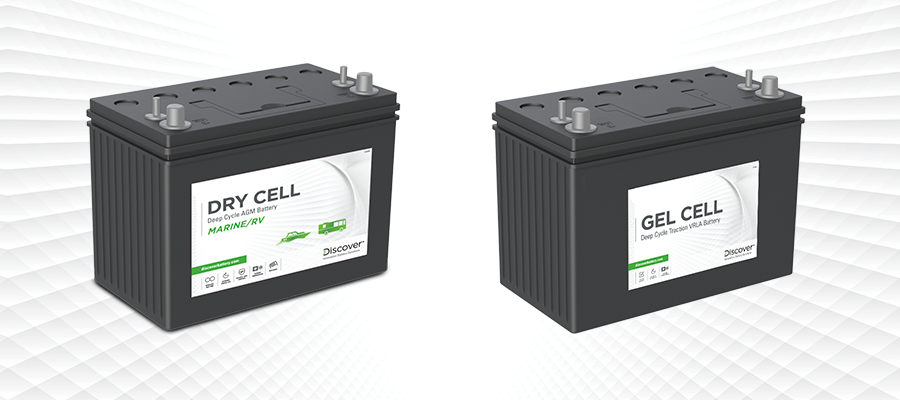
Why can’t AGM or GEL batteries be opened?
Discover VRLA (Valve Regulated Lead-Acid) DRY CELL AGM and GEL batteries work on a recombination principle.
Oxygen gas is produced at the positive plates during charge. The charged negative plates react first with this oxygen and subsequently with the electrolyte. Water is produced, and the negative plates are slightly discharged. Additional charging recharges the negative plates instead of producing hydrogen gas. Since very little hydrogen and oxygen are lost and the water (H20) is retained, we say that the gases have recombined.
To work correctly, the oxygen produced must be retained in the battery until the reaction is completed. The positive pressure allows the gas to be retained. If any VRLA DRY CELL AGM or GEL battery is overcharged, gas will be vented from the valves and Hydrogen as well as oxygen will be released. If continued, the electrolyte will eventually dry out, and the battery will fail prematurely. This is why charging limits are so critical. In a sealed battery, a balance must be maintained between the hydrogen, oxygen and recharge reactions that take place, which requires the process to be value-regulated. If a VRLA DRY CELL AGM or GEL battery is opened:
- The negative plates are exposed to extra oxygen from the atmosphere
- This excess oxygen upsets the balance
- The negative plates become discharged
- The positive plates may be subsequently severely overcharged
- The battery will fail prematurely
